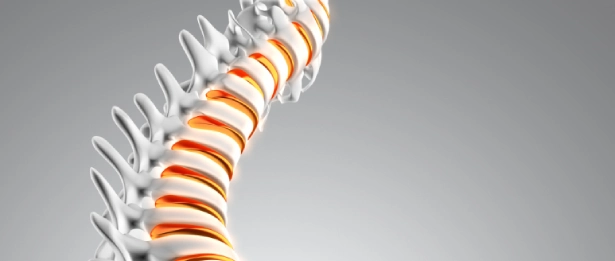Closed Spina Bifida, Tethered Cord Syndrome

During the most critical period of spinal cord development in the first two months in the womb, some developmental spinal cord disorders can occur. These essentially consist of four types. Their common feature is that the neural tissue is not exposed to the external environment, and all of them cause tethered cord syndrome by adhering to the spinal cord in some way, eventually tethering the spinal cord as the child grows, meaning increasing tension over time. As the child grows, the tension increases, leading to various neurological disorders, urinary control defects, and various orthopedic deformities.
Most Common Form of Closed Spina Bifida
Thick and tense filum terminale, diastematomyelia where the spinal cord is divided by a bony structure, lipomyelomeningocele where the spinal cord adheres to a fatty mass, and dermal sinus opening associated with the skin surface are the most common forms of closed spina bifida. These disorders lead to tethered cord syndrome and tense spinal cord, necessitating prompt surgical intervention for their release.